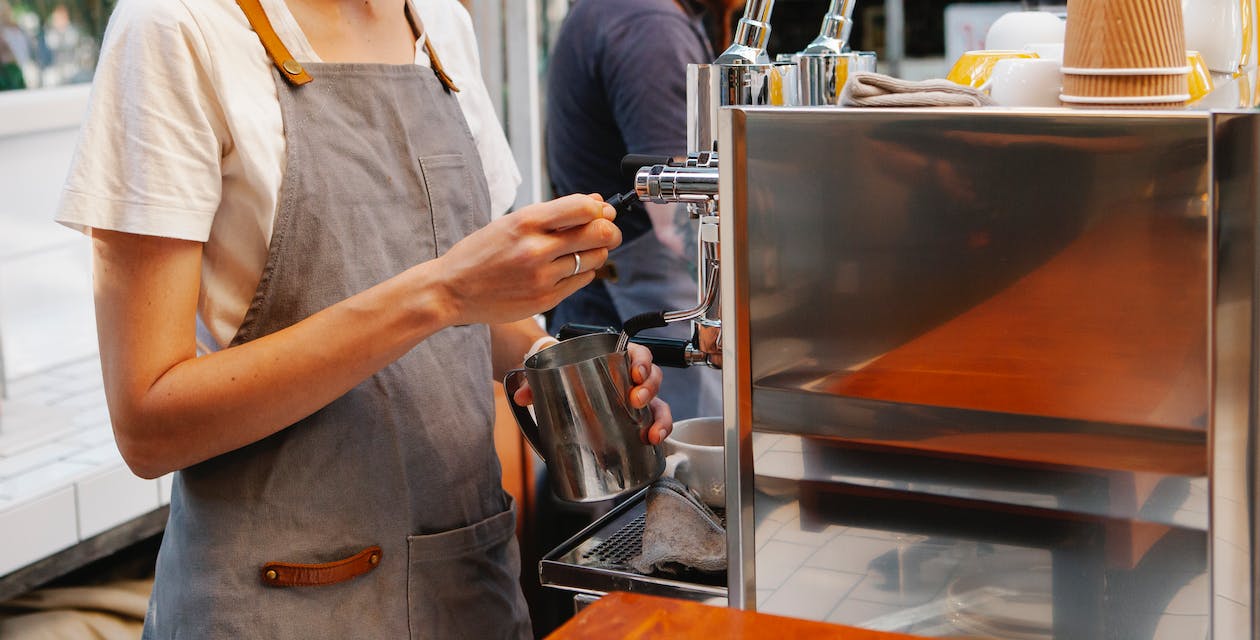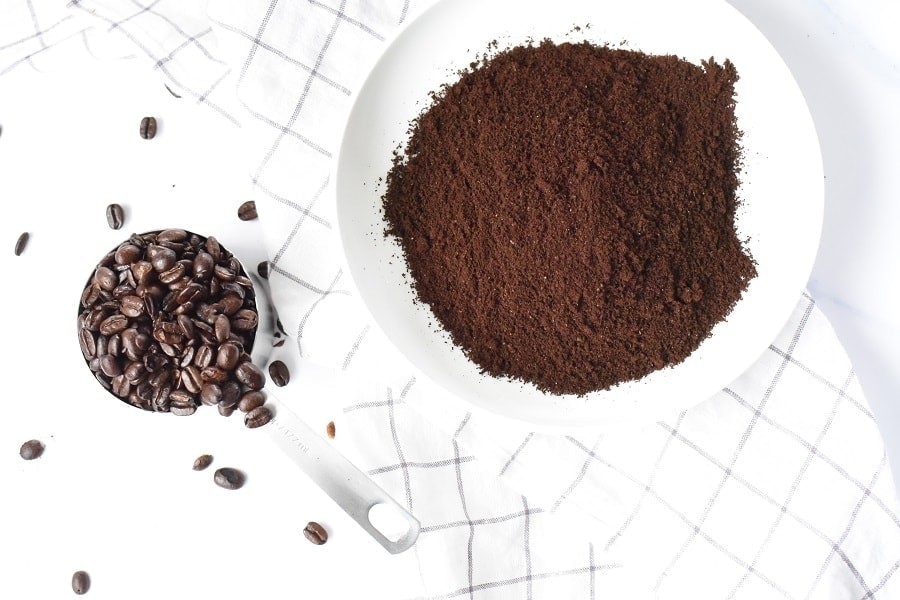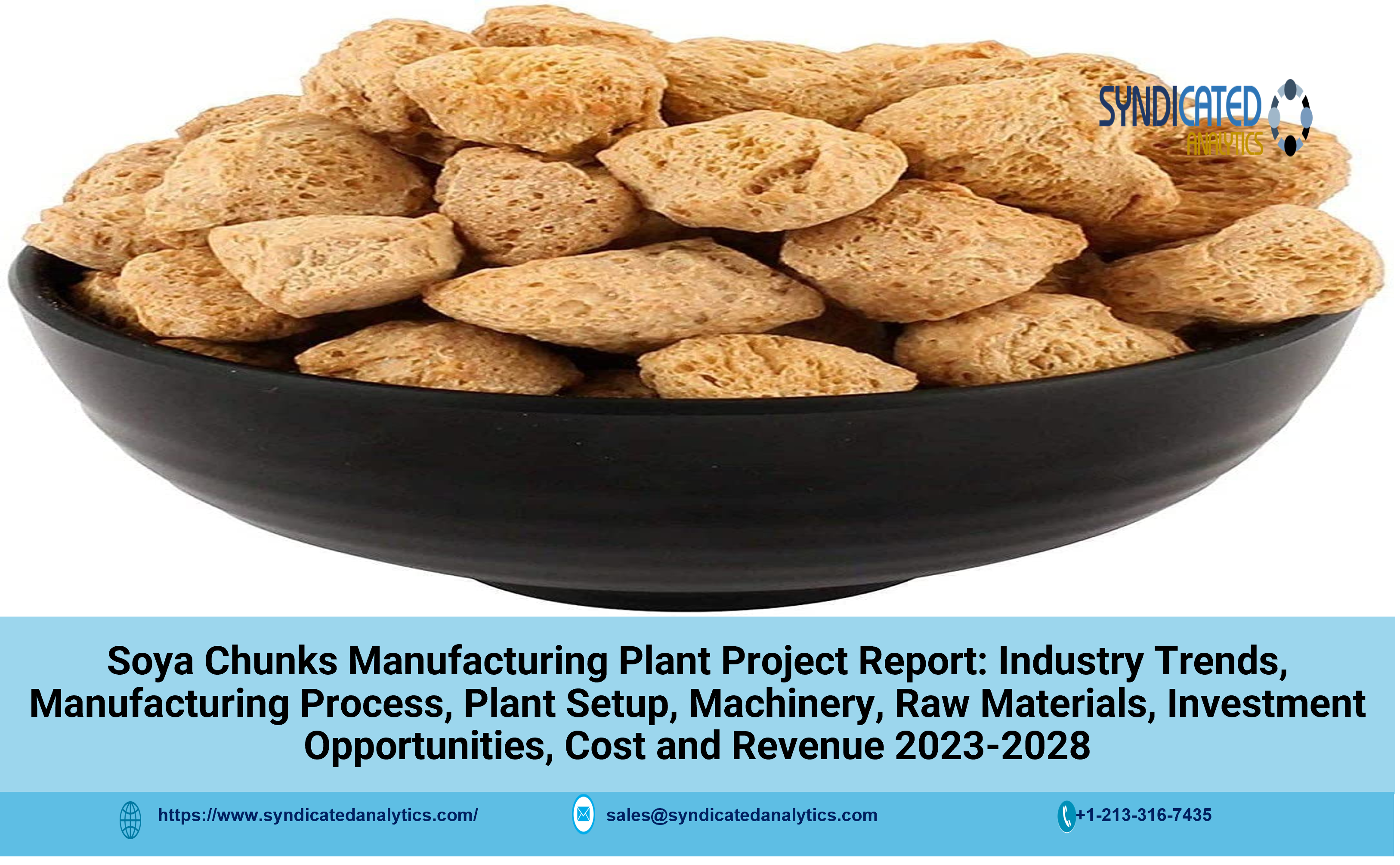In the fast-paced world of food production, keeping your machinery running smoothly is essential to ensure efficiency, productivity, and ultimately, customer satisfaction. Food machinery plays a critical role in various stages of the production process, from processing and packaging to labeling and distribution. Any breakdown or malfunction can result in costly delays and potential product loss. To mitigate such risks and maintain optimal performance, it is crucial to adopt key practices that prioritize the smooth operation of your food machinery.
This article delves into the essential practices that every food production facility should embrace to ensure the uninterrupted functioning of their machinery. We will explore preventive maintenance strategies, regular inspections, proper cleaning procedures, and the significance of staff training. And by implementing these practices, you can not only extend the lifespan of your food machinery but also enhance overall productivity, minimize downtime, and maximize your return on investment.
Regular Cleaning and Sanitation
Regular cleaning and sanitation are paramount when it comes to keeping your food machinery running smoothly. Food production environments are prone to accumulating residues, such as food particles, oils, and other contaminants, which can affect the performance and hygiene of the machinery. Therefore, implementing a comprehensive cleaning schedule ensures that these residues are effectively removed, preventing the build-up of bacteria, mold, and other harmful microorganisms. It is also essential to follow manufacturer guidelines and use appropriate cleaning agents and tools to avoid damage to delicate components.
Regular cleaning not only improves the longevity of your machinery but also maintains optimal operational efficiency, reducing the risk of breakdowns and improving overall product quality. Additionally, prioritizing sanitation measures ensures compliance with food safety regulations, safeguarding the health and well-being of both consumers and workers.
Lubrication and Maintenance
Apart from regular cleaning and sanitation, lubrication and maintenance are also important to ensure the smooth operation of your food machinery. Proper lubrication of moving parts is essential for reducing friction, minimizing wear and tear, and preventing overheating. Also, regularly applying the recommended lubricants to bearings, gears, and other mechanical components helps to maintain their efficiency and extends their lifespan. It is important to follow manufacturer guidelines regarding the type of lubricant, frequency of application, and quantity to be used.
Additionally, incorporating a comprehensive maintenance routine is vital for identifying and addressing potential issues before they escalate into major problems. This includes inspecting and tightening loose connections, checking for leaks, and monitoring the condition of belts, chains, and other critical components. Also, performing routine maintenance tasks such as calibration, alignment, and cleaning of filters can significantly contribute to the optimal functioning of your machinery.
Calibration and Adjustments
Calibration and adjustments are vital practices for maintaining the precision and accuracy of your food machinery, thereby ensuring its smooth operation. The process of calibration involves verifying and adjusting the settings of various equipment components to align them with established standards. This includes temperature controls, pressure gauges, timers, scales, and other measurement devices. Regular calibration helps to guarantee consistent and reliable performance, which is crucial for maintaining the quality and safety of food products.
Adjustments, on the other hand, involve fine-tuning the settings and configurations of machinery to optimize their operation. This may include adjusting conveyor speeds, optimizing cutting or slicing parameters, or fine-tuning mixing or blending processes.
By periodically calibrating and making necessary adjustments to your food machinery, you can ensure that it operates at its peak efficiency, minimizing waste, and maximizing productivity. This practice not only enhances the quality of your products but also contributes to cost savings by optimizing energy usage and reducing the risk of errors or inconsistencies.
Inspection and Monitoring
It is also important to regularly inspect and monitor your food machinery to ensure its smooth operation. Regular inspections allow you to identify any potential issues or signs of wear and tear before they develop into major problems. This includes visually inspecting components, checking for loose connections, unusual vibrations, leaks, or abnormal noises. Additionally, monitoring the performance of your machinery, such as temperature readings, pressure levels, and production output, provides valuable insights into its functioning and helps to detect any deviations from the desired parameters.
By diligently conducting inspections and monitoring, you can proactively address any maintenance or repair needs promptly, reducing the risk of unexpected breakdowns or disruptions in your production process. It also allows you to make data-driven decisions regarding maintenance schedules, part replacements, or upgrades, ensuring optimal performance and avoiding costly downtime.
The combination of regular inspections and monitoring creates a proactive approach to maintenance, enabling you to keep your food machinery running smoothly, minimize potential risks, and maximize operational efficiency and productivity.
Safety Precautions
When it comes to maintaining the efficiency of your food machinery, safety measures are essential as well. Maintaining a safe and effective work environment requires taking precautions to ensure the safety of your employees. It is important to put safety standards in place, including appropriate training on equipment operation, hazard detection, and emergency procedures. Workers should be equipped with personal protective equipment (PPE) to mitigate potential risks, including gloves, safety glasses, and protective clothing.
Regular safety audits and inspections should be conducted to identify and address any potential hazards or safety concerns. Proper machine guarding and lockout or tagout procedures should also be in place to ensure the safe maintenance and repair of equipment.
By prioritizing safety precautions, you not only protect your employees but also minimize the chances of accidents that can disrupt production, damage machinery, and negatively impact your business. Safety should always be a top priority to maintain smooth operations, protect your workforce, and uphold the reputation of your food production facility.
Key Takeaway
Implementing key practices for keeping your food machinery running smoothly is crucial for maintaining efficiency, productivity, and product quality in the fast-paced world of food production. With this, you can enhance the smooth functioning of your food machinery, minimize downtime, and maximize your operational efficiency, ultimately contributing to the success and profitability of your food production business.




